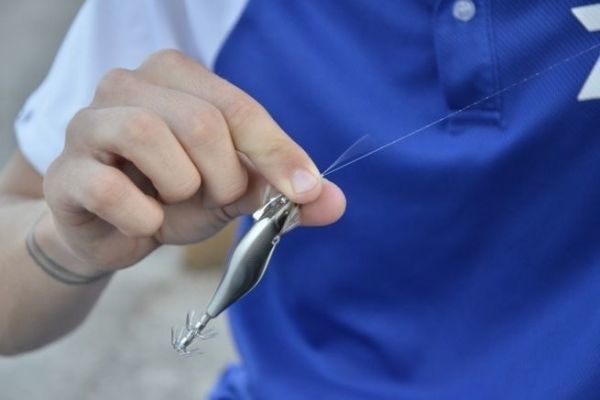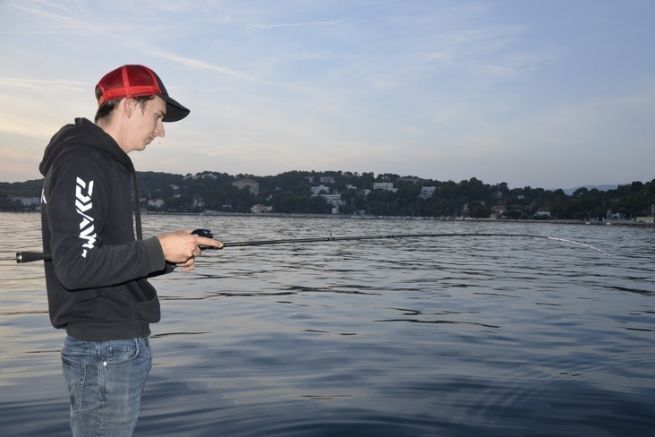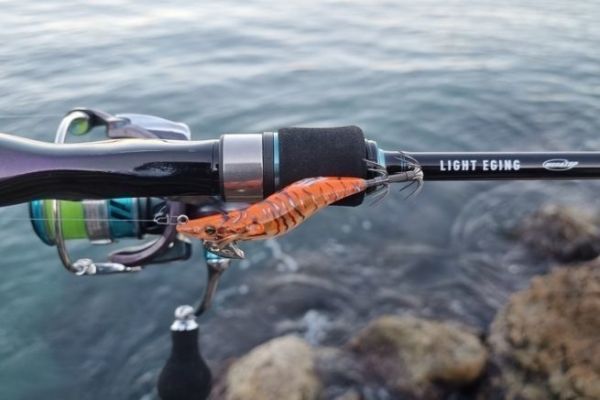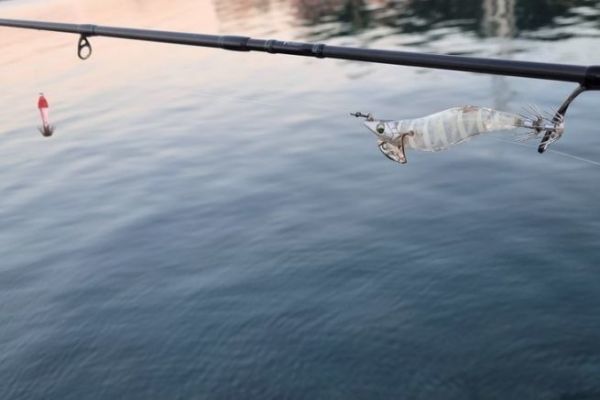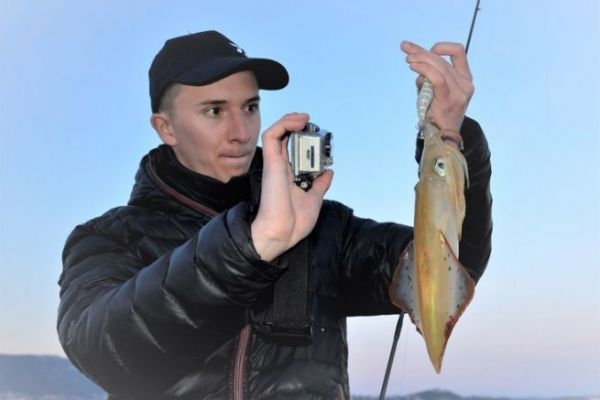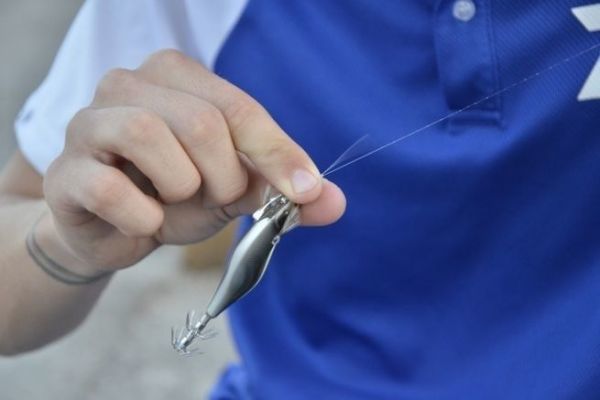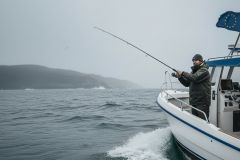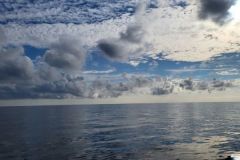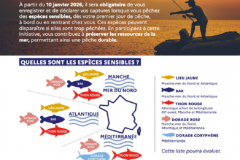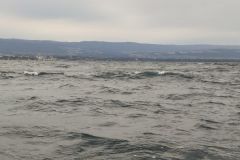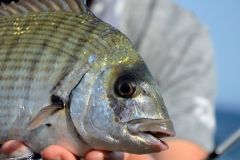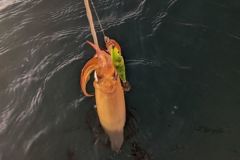Nylon, the most widely used leader
Nylon is undoubtedly the most popular leader among squid fishermen for several reasons. Firstly, it's the least expensive of the various leaders and can be found in every tackle store in France. Its composition also enables it to take shocks well, as its elasticity along the length greatly attenuates them. Nylon is also and above all a floating line, its low density allowing it to stay at the surface if not pulled down by a weight.
It is therefore important to choose nylon in specific cases, such as when you want to slow down the sink rate of a jig that would sink significantly too fast. Nylon also allows beginners to tear up less squid, as the line absorbs siphon blows instead of the rod or the angler. Beware, however, that in strong wind or current conditions, nylon creates a significant banner effect and renders your animations almost ineffective.
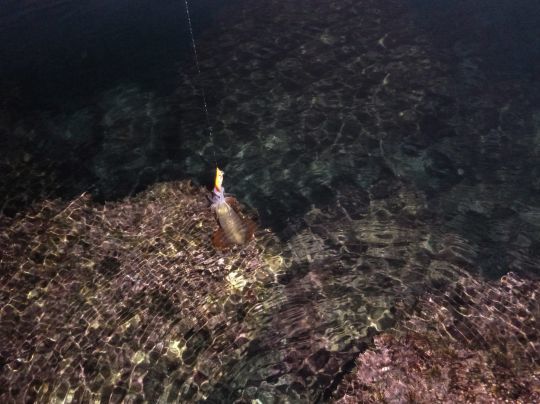
Fluorocarbon: significant advantages
Unlike nylon, fluorocarbon is a very expensive line that is rarely used by the majority of cephalopod anglers. Fluorocarbon is best suited to anglers with a minimum of experience who are looking to fine-tune their squid-fishing technique. Fluorocarbon has almost no elasticity in its length and can therefore cause an angler to lose a squid if he is not gentle enough with the drag and the rod when casting.
Its abrasion resistance means you can fish very rocky areas without having to change the entire leader every 10 casts. Fluorocarbon sinks, which can help us limit banner effects on windy evenings. We can also use it to help our jigs sink quickly in the water.
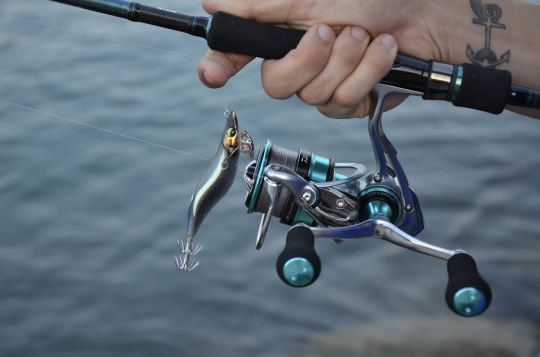
The right length and diameter
Now that we know the positive and negative points of each type of leader, we'll have to make that leader. To do this, although it's complicated, I recommend the FG knot, as it's the best connection knot there is, both in terms of strength and passage through the rings. Our knot will need to pass through the rings, as we'll be using long leaders to make the most of the properties of the line we're using.
Generally speaking, in calm weather and shallow waters, I recommend nylon, at least 4 metres long, with a diameter of between 16 and 26 hundredths, depending on the size of the squid you're targeting. When the wind blows or the current is strong, a short leader (2 metres) in 23-centime fluorocarbon will be indispensable. For the pickiest among you, try different lengths of fluorocarbon and nylon with the same jig to see the impact a leader can have on your fishing.
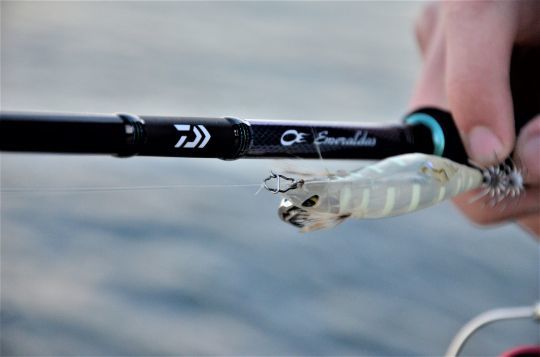

 /
/ 